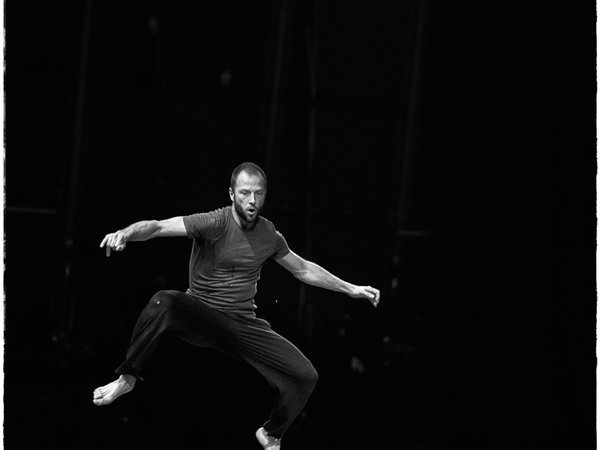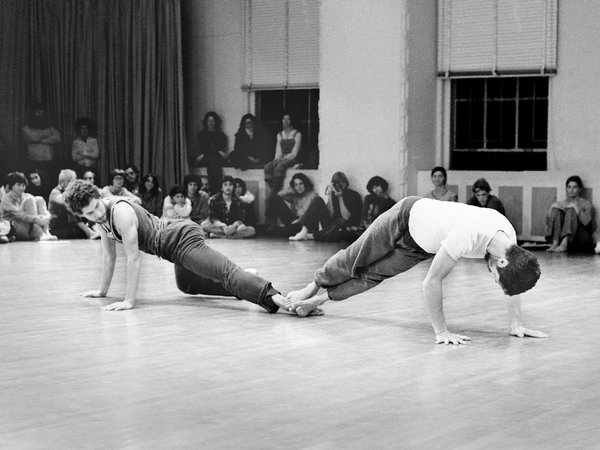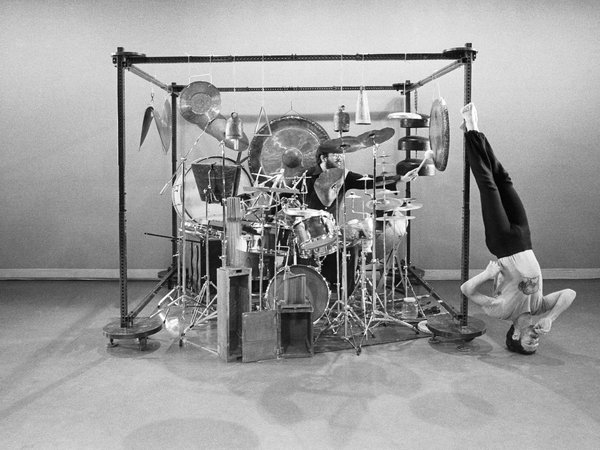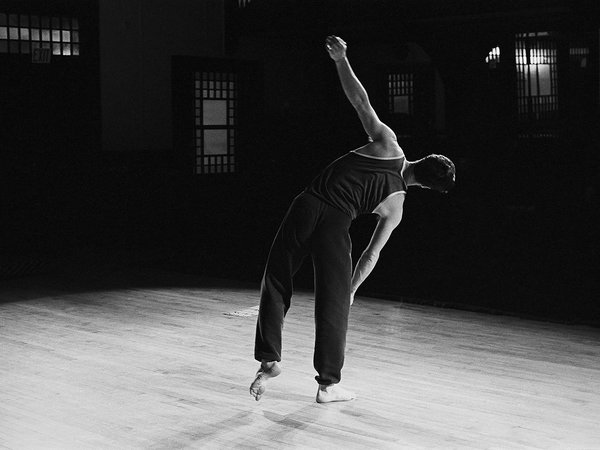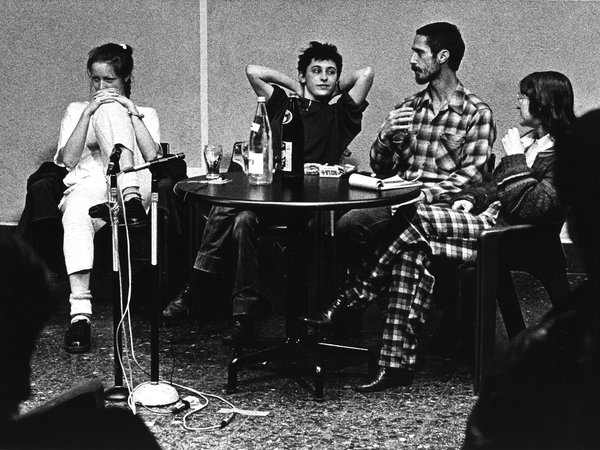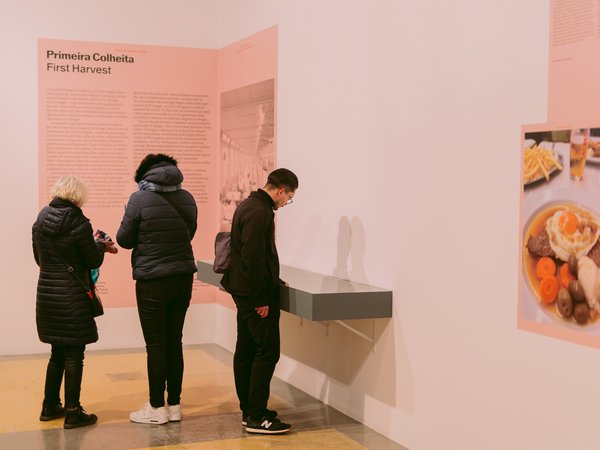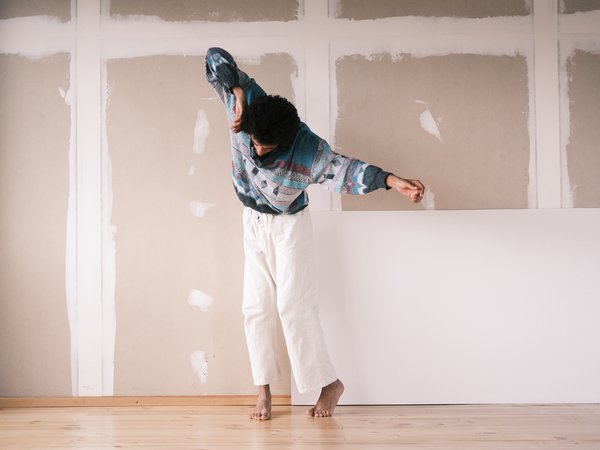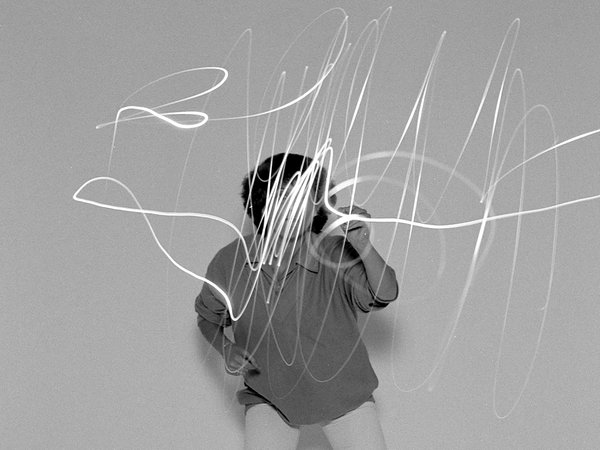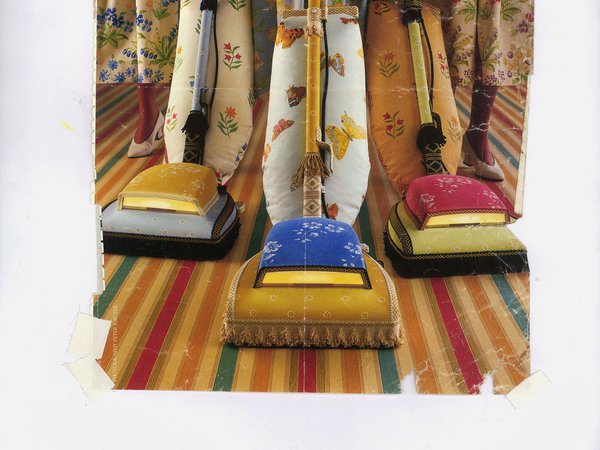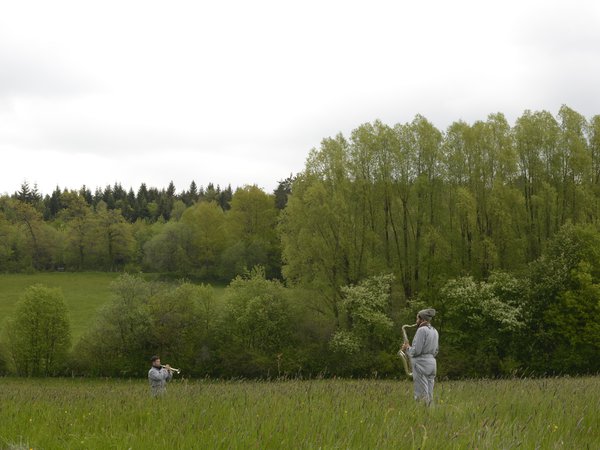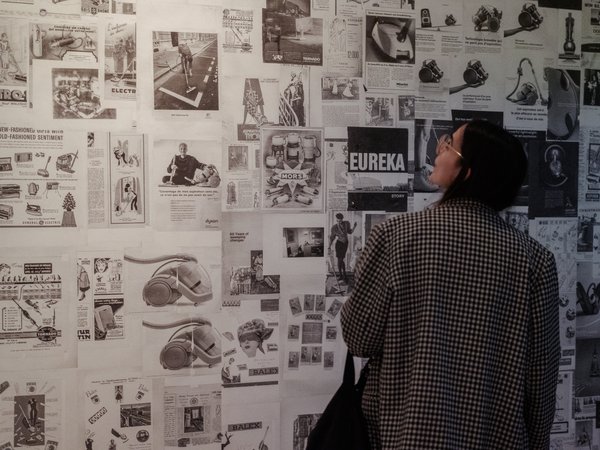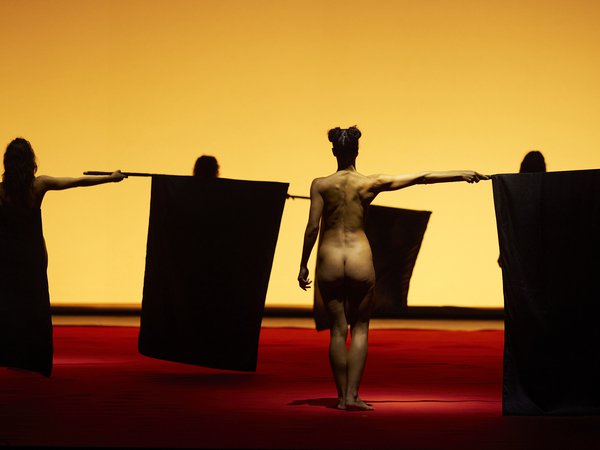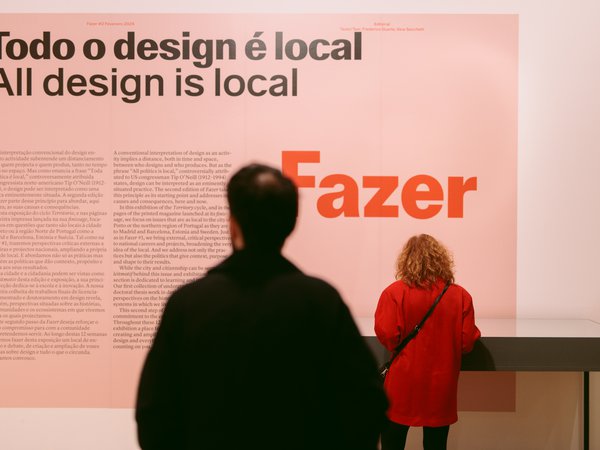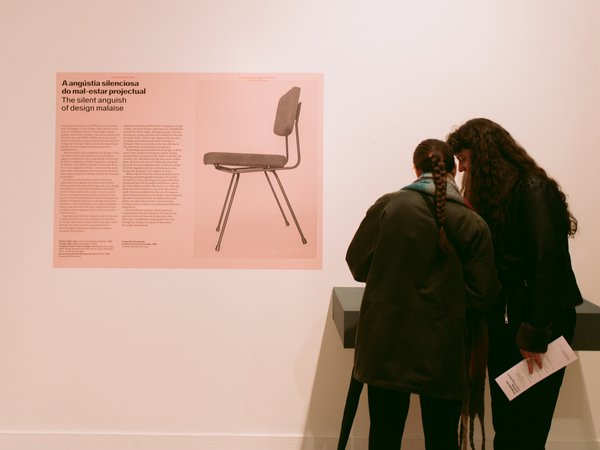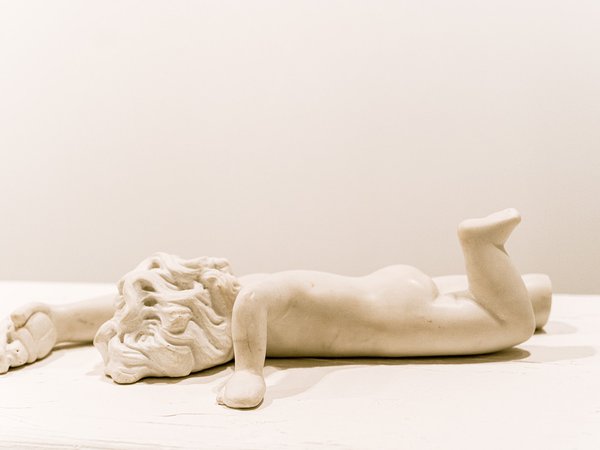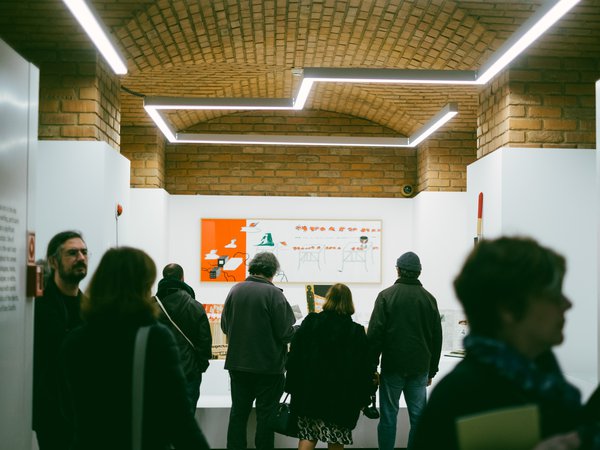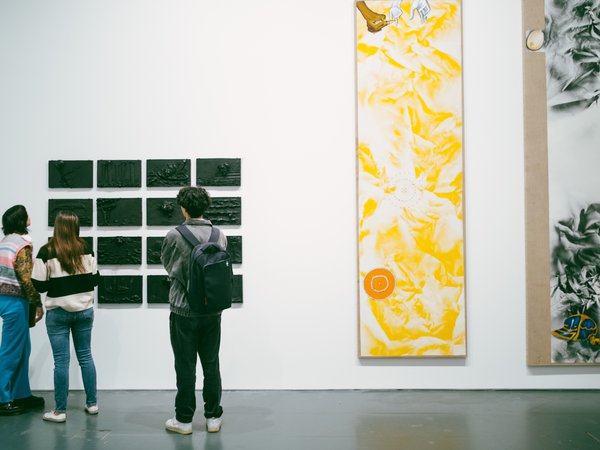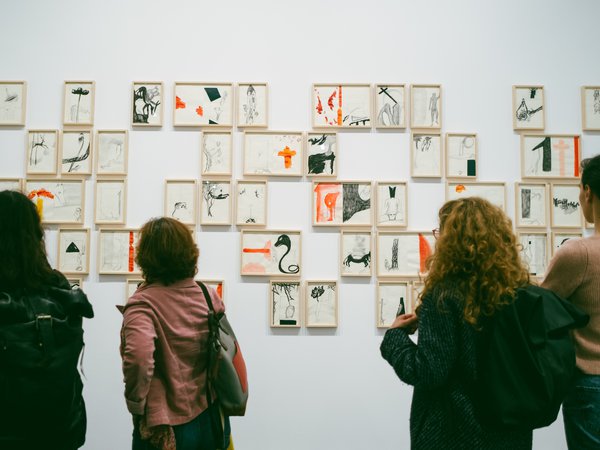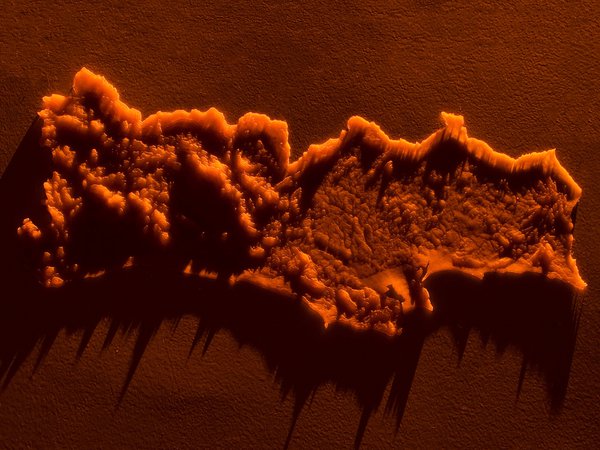This is a past event.
Workshops
Workshops
Culturgest is offering three workshops on and around Paxton’s technics and practices. One will be lead by Patricia Kuypers on Contact-Improvisation, Steve Paxton’s most famous technic, which centers on one’s relation to the other, bringing into play the physical contact points between two or more partners.
Another workshop will be held by Otto Ramstad on Material for the Spine, a technic developed by Steve in the past 30 years that explores movement possibilities within the muscles surrounding the spine, as well as the connections between the pelvis, head, scapula and vertebrae.
João Fiadeiro and Romain Bigé will lead a shared workshop making the bridge between the two previous workshops; the different studies reflected in the exhibition Drafting Interiors Technics (pedestrian movement; anarchy; contact; gravity; silence; movement; solo; and relation); and their own researchers around real time composition and the relation between dance and philosophy.
June 04 – 07: Contact-Improvisation with Patricia Kuypers
June 10 – 14: Doing the thinking. Thinking the doing. with João Fiadeiro and Romain Bigé
June 17 – 20: Material for the Spine with Otto Ramstad
5–6 JUN 2019
10–14 JUN 2019
17–20 JUN 2019
MORE INFORMATIONS HERE
About Steve Paxton cycle
American choreographer, dancer and improviser Steve Paxton, born in 1939, has been continuously shaping the face of dance over the last six decades. Having started his career in the 1950s, Paxton danced with José Limon and Merce Cunningham. He was one of the founders of the Judson Dance Theatre, the source of various collective creations that have laid the roots of postmodern dance. He was also a founding member of the New York-based improvisation collective Grand Union. He is the inventor of two techniques – Contact Improvisation and Material for the Spine – and has worked together with several visual artists (such as Robert Rauschenberg), also leaving his distinctive mark on the art world. Throughout his life, Paxton has been writing extensively about movement (he has produced more than 100 articles since 1970) and working tirelessly on performing improvised and choreographed works all over the world.
His work has influenced many choreographers and dancers, who have inherited the obsessions that characterize his work: the analysis and integration of everyday movements (such as walking), the importance of touch, weight and balance, and an openness to the non-technical body.
In Portugal, Steve Paxton and the Judson Dance Theatre’s way of thinking had a decisive influence on many of those taking part in the movement that has come to be known as the New Portuguese Dance, and, in various ways, shared their concerns about the relationship between art and everyday life.
Based on this perspective, Culturgest presents the Steve Paxton cycle, which has as its main axis an exhibition curated by João Fiadeiro and Romain Bigé and an evening of performances from the 1960's to present day. But the Paxton programme doesn’t end here. The transverse nature of his work is further expressed in a series of five talks (the first of them given by Paxton himself) and three workshops about Contact Improvisation and Material for the Spine, with the involvement of schools and the transformation of the exhibition space into a performative arena.
Relation with dance schools
In the frame of the Steve Paxton exhibition, Culturgest approached some dance schools and research centers in Lisbon in order to make sure that the body of work of one of the most influential thinkers-makers from dance history would not go unnoticed. This collaboration will start with a series of lecture-demonstrations that Romain Bigé and João Fiadeiro, curators of the exhibition, will give on Steve Paxton’s legacy in each of the associated schools/centers. Then it unfolds with an intensive and continuous presence of students and researchers in the exhibition space (with a free pass) so they can deepen their individual research on Paxton’s work. Finally, we have encouraged the schools/centers to temporary dislocate some of their classes and initiatives into the space of the exhibition so the space will be “occupied” by practitioners and art researchers.

